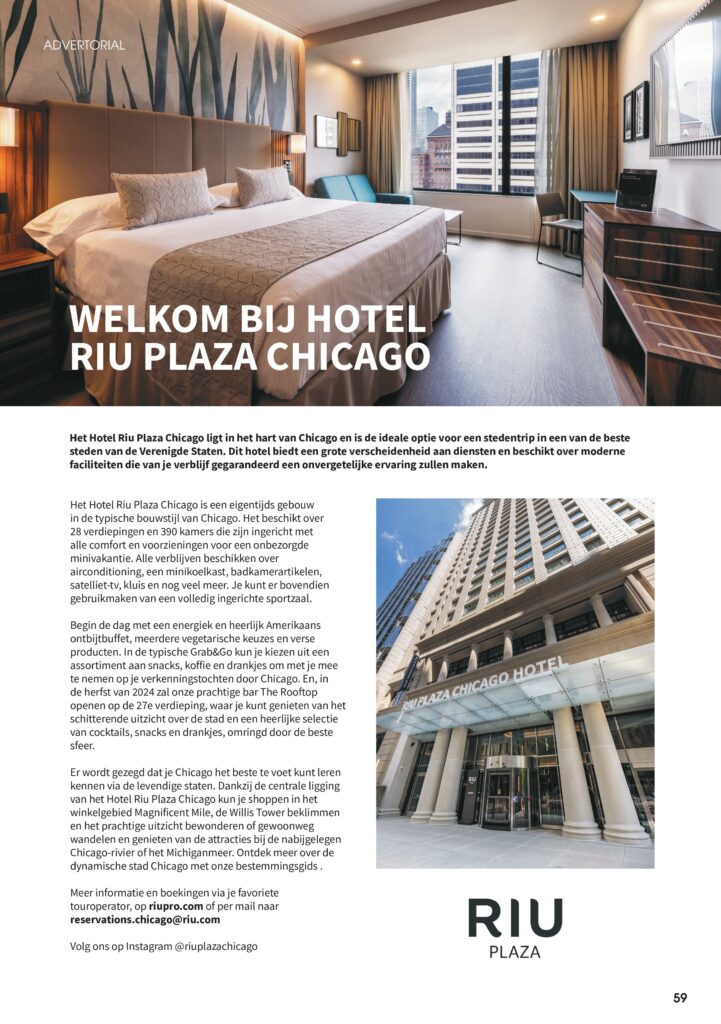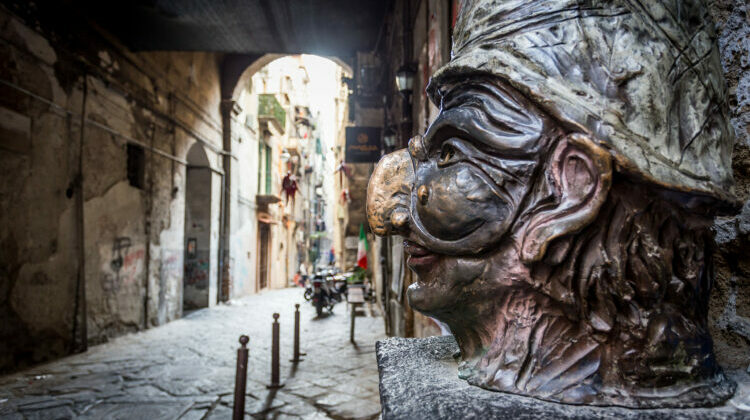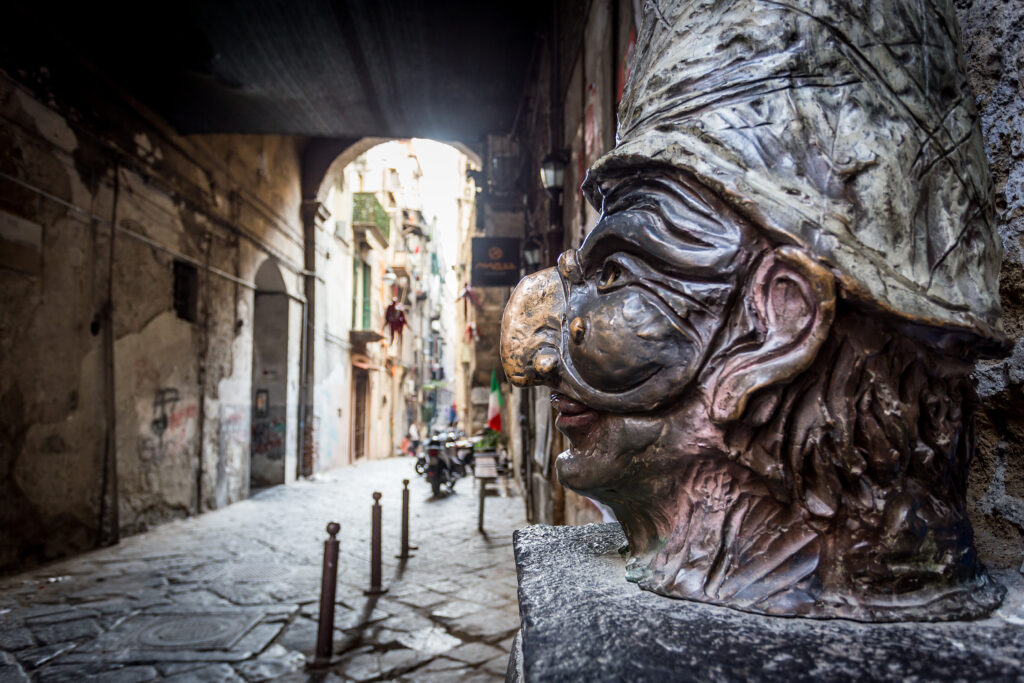
Header image: Naples © DinoPh – Shutterstock.com
Autumn is the ideal time for a city break: the hustle and bustle of the high season is over, the temperatures are pleasant and the cities come alive after the summer holidays.
TravMagazine selects five European coastal cities where you can relax by the water after visiting museums, local markets and boutiques.
Valencia Spain’s third-largest city is located on the Mediterranean Sea and is the perfect mishmash of modern and historic architecture, culture, and cuisine.
Founded by the Romans in 138 BC, Valencia has welcomed several cultures over the centuries, including the Moors, influences that are still visible in the cityscape.
A visit to this sunny city is not complete without a stroll through the historic neighborhood of El Carmen.
Here, narrow streets wind past medieval buildings and modern street art.
Valencia’s impressive cathedral is believed by some to be home to the Holy Grail, an artifact that was used during the Last Supper, according to tradition.
Another must-see for any visitor is the futuristic City of Arts and Sciences, designed by the famous architect Santiago Calatrava.
This impressive complex houses a science museum, a planetarium and the largest oceanographic park in Europe, among other things.
In the afternoon, recover from all the impressions in the laid-back, green Jardí del Túria (Gardens of Turia), in the old riverbed.
The city not only has beautiful, wide beaches that are easily accessible from the city center, but also a nice harbor where you can enjoy fresh seafood at one of the chic beach clubs or restaurants.
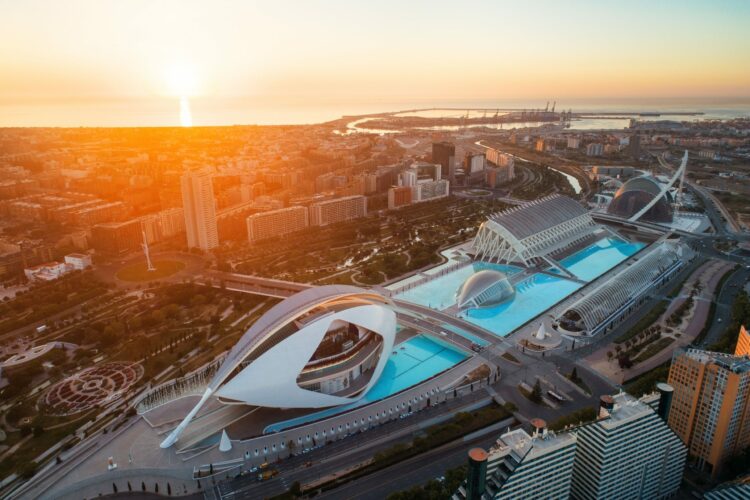
Naples Naples, the capital of the Italian region of Campania, is a city full of character and contrasts, located on the bay of the same name, with the imposing Mount Vesuvius in the background.
Naples is one of the oldest continuously inhabited cities in the world, with a history dating back to the 8th century BC when it was founded by the Greeks as Neapolis.
Stroll down the long, narrow street of Spaccanapoli, cutting through the historic center and leading past churches, monasteries, palaces and markets.
Not only is there plenty to see for the culture and history lover, such as the beautiful marble ‘Veiled Christ’, archaeological museums and of course famous decayed cities Pompeii and Herculaneum within a travelable distance, but pizza lovers can also indulge themselves here.
If you’re already familiar with Italy, you probably know: Naples is the birthplace of the classic Margherita pizza, and a visit to pizzerias like Da Michele or Sorbillo is a gastronomic experience in itself.
End your day along the Bay of Naples, with breathtaking views of both the city and Mount Vesuvius.
A visit to the quaint Posillipo district or the Lungomare promenade offers great places to stroll, dine by the water, and enjoy spectacular sunsets.  Gdansk With the smallest population on this list (about half a million), this Polish port city is perhaps the most ‘relaxed’ city to visit.
Gdansk With the smallest population on this list (about half a million), this Polish port city is perhaps the most ‘relaxed’ city to visit.
Located on the Baltic Sea in the north of the country, Gdansk has a rich and varied history, from Teutonic knights to the Hanseatic cities and a turbulent 20th century.
The Long Market (Długi Targ) is the beating heart of the city and is surrounded by colourful, restored mansions that bear witness to the wealth of the Hanseatic era.
Visit the Artushof, once the meeting point for merchants and nobility, or St. Mary’s Basilica, the largest brick church in the world. The river Motlawa flows through the city, which you can follow via beautiful footpaths on both sides to, among other things, the port area, with its special black Crane Gate.
Due to its location on the Baltic Sea, Gdansk can be perfectly combined with a day at the beach on the beautiful coastline.
For example, Stogi beach is known for its width and clear waters, Jelitkowo is popular for its peaceful atmosphere, parks and bike paths, and Brzezno offers a lively promenade with everything you need, with the longest wooden pier in Europe.
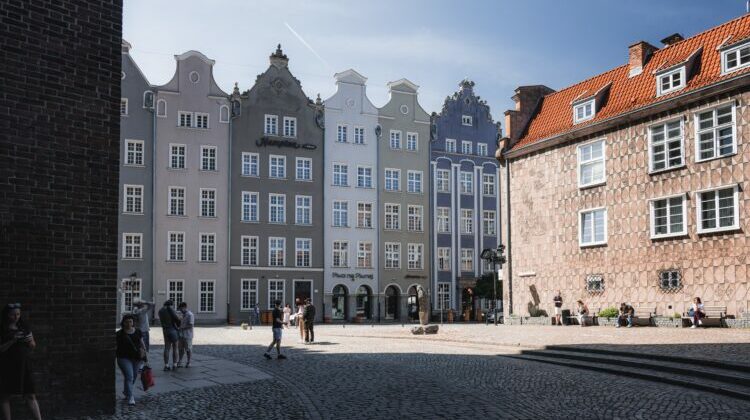
Marseille A real seafaring city (founded by Greeks) is the French city of Marseille, the second city of the country and the scene of various water sports during the Olympic Games last summer.
Attractions such as the Old Port (Vieux-Port) and the iconic Basilica Notre-Dame de la Garde, attract countless visitors every year.
The city is also famous for its gastronomic scene, with specialties such as bouillabaisse (a type of fish soup).
Le Panier, the oldest district full of narrow streets, or the port area of Vieux-Port, are good places to start exploring and maybe even start a boat trip to the Calanques, a series of rugged coves and cliffs.
With the ultimate Mediterranean location, the city naturally offers several beautiful beaches.
Marseille is home to a number of impressive museums that are well worth a visit, such as the Museum of European and Mediterranean Civilizations (MuCEM) or the Palais Longchamp which houses the Museum of Fine Arts and Natural History.
Housed in an elegant mansion, the Musée Cantini is dedicated to modern art and displays works by well-known artists from the 20th century. 
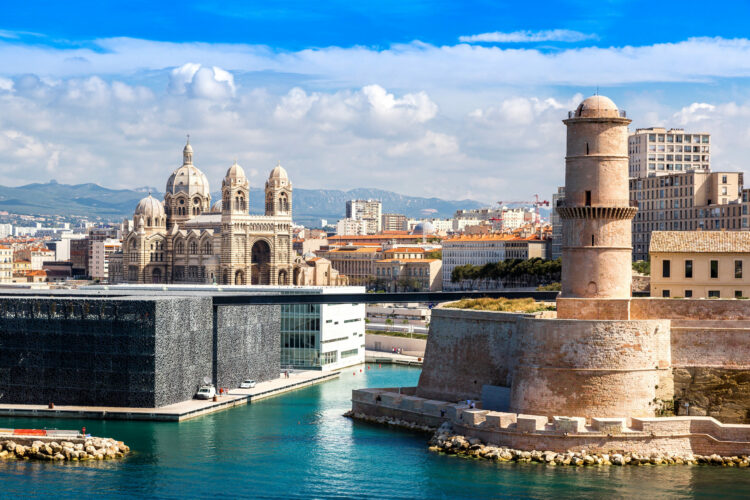
Split Roman ruins that seamlessly merge into a vibrant city life, and after a day of soaking up culture, cool off immediately on the Adriatic Sea.
Split offers exactly that fine combination.
The 1,700-year-old UNESCO-listed Diocletian’s Palace is the heart of the city and is more than just a historical monument; It is a lively district full of shops, restaurants and homes.
Stroll through the narrow alleys and discover hidden squares, Roman temples, and the impressive Cathedral of Saint Domnius.
On the waterfront of Split, you’ll find the Riva, a lively boulevard where locals and tourists alike enjoy the sun, the view of the sea, and the boats passing by.
The Riva is the perfect place to start a day with a coffee and a fresh pastry, or to end the evening with a glass of local wine while watching the sun go down.
Lovely for beach lovers: the famous Bačvice Beach, just a short walk from the city center.
Get to know the local water sport ‘Picigin’, which can be found nowhere else in the world.
A visit to Split is not complete without a trip to one of the nearby islands.
Hvar, Brač and Šolta are easily accessible by ferry. 